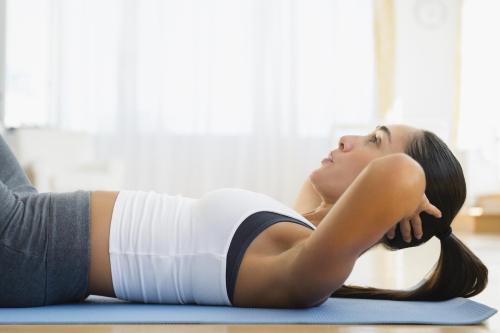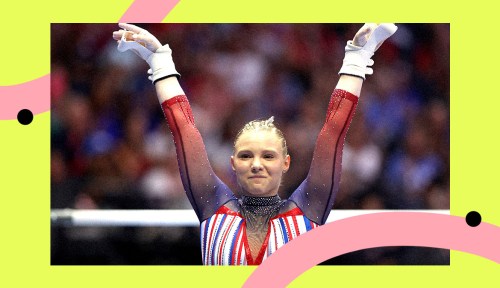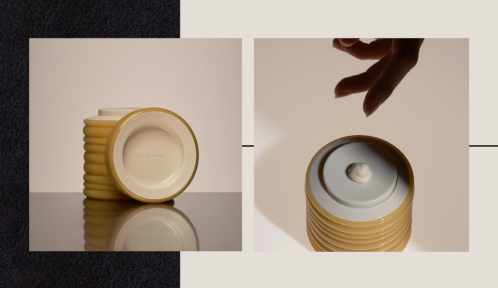I rarely think about my mental state before I choose my workout of the day. My go-go-go Aries mentality usually makes me gravitate towards difficult runs or muscle-quaking strength training—regardless of my current headspace. When Maillard Howell, owner of Dean CrossFit and founder of The Beta Way, posted that he goes for low-impact workouts on low-energy days, I was intrigued. Should we all be turning to less strenuous moves on days that are mentally tough?
The trainer tells me that the one word answer is “abso-freakin’-lutely.” For him, a bad night of sleep is a deal-breaker when it comes to high-impact, laborious workouts. So on days following a not-stellar night of rest, he’ll opt for something more chill. “I feel really good when I’m well-rested. Am I able to perform even when I’m not well-rested? Yeah, maybe 70 percent of the time. But sometimes when you have a really bad session, it’s best to just pack it in,” he says. In the battle between what’s most important for your well-being, sleep always wins over exercise (just ask experts).
“There’s a fine line between being totally sedentary and keeping the body moving and feeling good.” —Maillard Howell, owner of CrossFit Prospect Heights
Beyond the sleep aspect, there are other reasons you may choose a recovery-focused workout over an intense cardio or weights session. Let’s say a day at work has left you wiped. That means you already have a great deal of the stress hormone, cortisol, coursing through your body. Workouts that send your heart racing kick your body into fight or flight mode. As a result, it produces even more cortisol—which can lower your metabolism, increase your risk of injury, and signal your body to store fat. Plus, as Howell points out, exerting your muscles too much when you’re already fatigued will just add insult to injury.
If you do have time to squeeze in a trip to the gym, what you choose should be calming your body down and priming it for tomorrow’s more hardcore workout. (Read: You shouldn’t leave the gym feeling even more drained than when you entered.)
Low-impact workouts fit the bill. According to Howell, they keep your heart rate low and minimize the tension placed on your spine and muscles. At the same time though, they’re still really, really effective. “There’s a fine line between being totally sedentary and keeping the body moving and feeling good,” says Howell. Low-impact are right in that sweet spot in all of its forms, but the trainer’s favorite is the “triplet”: a collection of three unweighted or low-weighted movements cycled though over and over again in a 30-minute window.
How to design your own stress relief exercise—in just three moves
When he’s feeling decidedly “meh,” Howell will pick one ego-boosting move (like, say, a handstand or a pull-up) and pair with two other complementary moves. “It’s something that’s going to boost your ego and boost your endorphins at the same time,” he tells me. “It should not sting, you should just break a sweat 15-17 minutes in, and then at the end you have a decent pump, but you don’t feel tired.” Sounds pretty good, right?
One of the beauties of the triplet (or couplet, or quadruplet—it’s up to you!) is that you get to design it based on what will make you feel better, but Howell offers a little bit of inspiration.
Stress relief triplet:
- 1.5 push-ups
- 2.10 situps
- 3.20-second plank hold
Once you’ve completed each move, just keep rotating through until 30 minutes is up. By the end, your heart rate should be only slightly elevated and your skin should have the slightest sheen of sweat. And, oh, your mind? It should feel way more free and clear.
This is the right way to do a push-up:
Want to be a runner? Cross your first finish line with Well+Good’s United States of Running 5K and 10K training plans.
Sign Up for Our Daily Newsletter
Get all the latest in wellness, trends, food, fitness, beauty, and more delivered right to your inbox.
Got it, you've been added to our email list.











